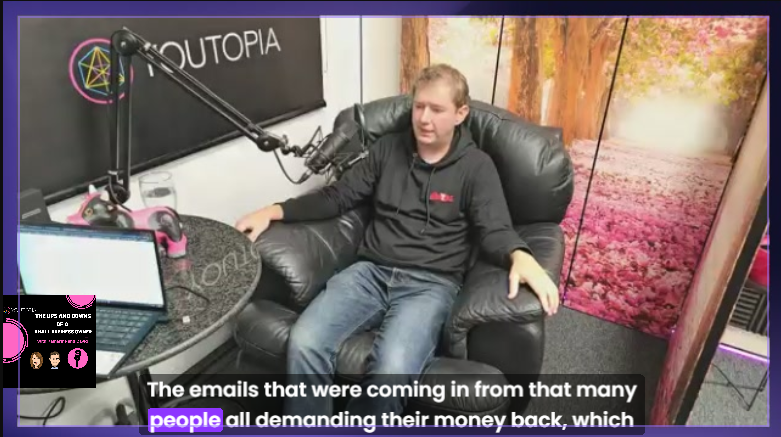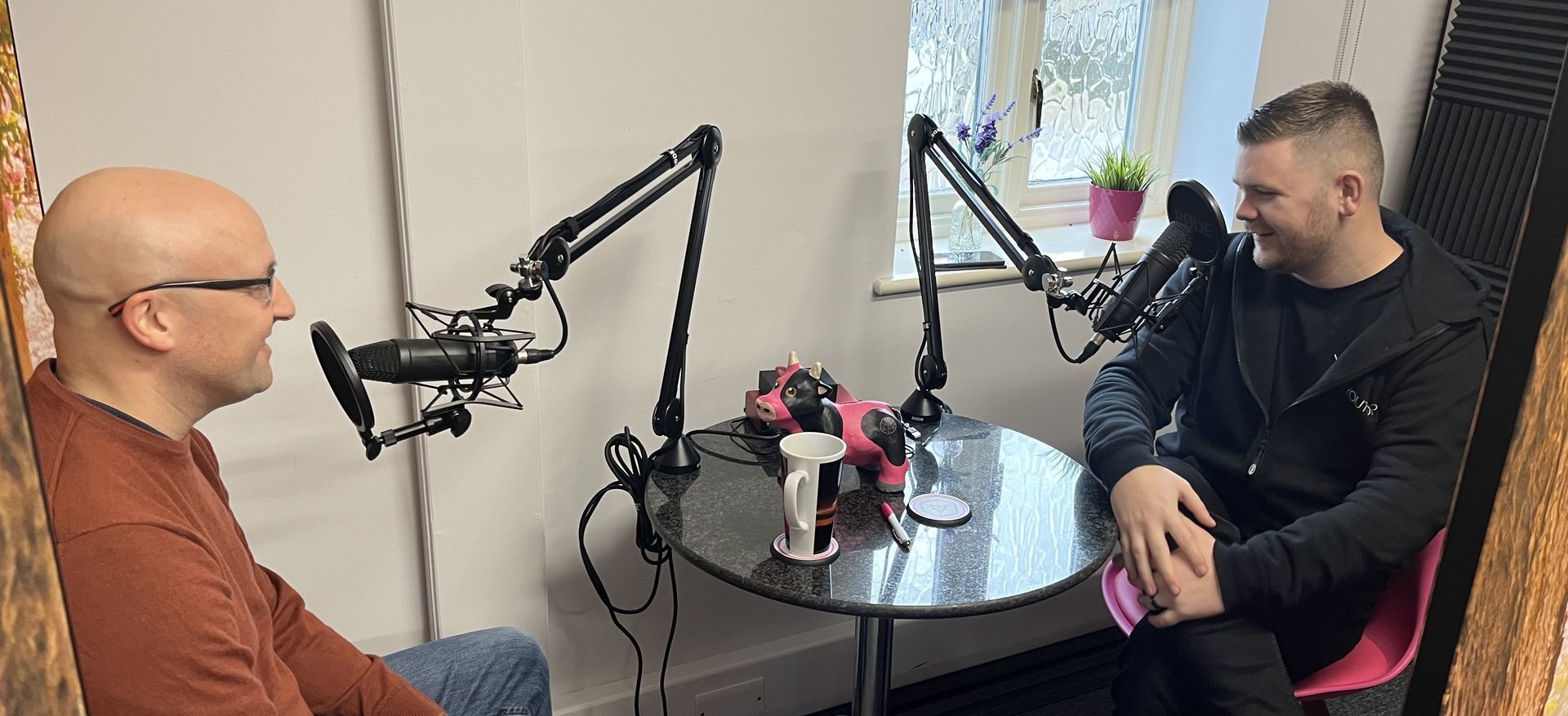November 22 Newsletter
How profit sharing can help your business retain talent

NZ company Mainfreight has had a bumper couple of years; the transport and logistics industry boomed during the pandemic and shows no sign of slowing down. In 2022, Mainfreight paid workers a total of $94 million in bonuses, double what it paid out the previous year. The company also used 15 pages of its annual report to thank its 10,393 employees, printing every single name.
This might seem like an extreme move, but every employee wants to feel appreciated. Paying a bonus to every worker at the business, not only the managers, strengthens the feeling of working together as a team.
Spend more to make more? Profit sharing and profit-based bonuses can help your business in several ways:
- Your staff feel appreciated
- They’re incentivised to grow profits – if the business does well, they’ll be rewarded
- Hopefully your people will stay with your business
- It should build your reputation as a good employer, making it easier to attract new talent.
Win-win agreements
We can work with you to come up with profit-sharing agreements or bonus structures that will be a win-win for your business and your team. Get in touch, we’d love to help you grow or develop your business’s talent.
Key numbers to focus on in your business now

As a business owner, it’s never been more important to have a good grasp on your finances.
For many businesses, priorities have changed, customer behaviours have mutated and revenue streams have had to evolve and pivot in order to create a viable business model.
To track, monitor and drive your financial performance in this new business world, it’s increasingly important to have a handle on your key financial reports and metrics.
Getting to grips with your financial reports
Whereas in the past, extra cash in the business may have been seen as a surplus that needed to be spent on something, recent years have shown us that having these reserves is vitally important for the survival and long-term health of businesses.
To truly be in control of this cash, it’s vital that you can dip into your accounts, financial reports and dashboards and ‘see the genuine story’ behind your financial position.
So, what are the key reports to focus on? Let’s take a look:
- Budget – your budget is the financial plan that's tied in with your strategic plan. In essence, the budget is your approximation of the money it will take to attain your key strategic goals, and the revenue (income) and profits you hope to make during this period. It’s a benchmark you can use to measure your actuals (historic numbers) against, allowing you to see the variances, gaps and missed targets over a given period.
- Cashflow Statement – a cashflow statement shows the flow of money into and out of your business. Understanding these cash inflows and outflows in detail allows you to manage this ongoing process, allowing you to aim for a ‘positive cashflow position’ – where inflows outweigh outflows. In this ideal positive scenario, you have enough liquid cash in the business to cover your costs, fund your operations and generate a profit.
- Cashflow Forecast – forecasting allows you to take your historic cash numbers and project them forward in time. As such, you can see where the cashflow holes may appear weeks, or even months, in advance – and that gives you time to take action, whether it’s increasing your income stream, reducing your underlying costs, chasing up unpaid invoices (aged debt) or going to lenders for additional funding.
- Balance Sheet – the balance sheet shows you the company’s assets, liabilities and equity at a given point in time. In a nutshell, it’s a snapshot of what the business owns (your assets), what you owe to other people (your liabilities) and what money and profits you currently have invested in the company (your equity). The balance sheet is useful for seeing what stock and equipment the business owns, how much debt (liabilities) you’ve worked up and what the company is actually worth – all incredibly useful information to have at your fingertips when making big business decisions.
- Profit & Loss – your profit and loss report (P&L) Your P&L gives you an overview of the company’s revenues, costs and expenses over a given historic period of time. Whereas the balance sheet is a snapshot, your P&L is more like a moving video. It shows you how your finances are progressing by demonstrating how revenue is coming in and costs/expenses are going out (rather than cash coming in and going out, as you see in your cashflow statement and cashflow forecasts).
Talk to us about accounting and financial reporting for your business
We’ll run you through the key reports in your accounting software, and can help you track performance, take action and prepare your company for surviving the new business normal.









